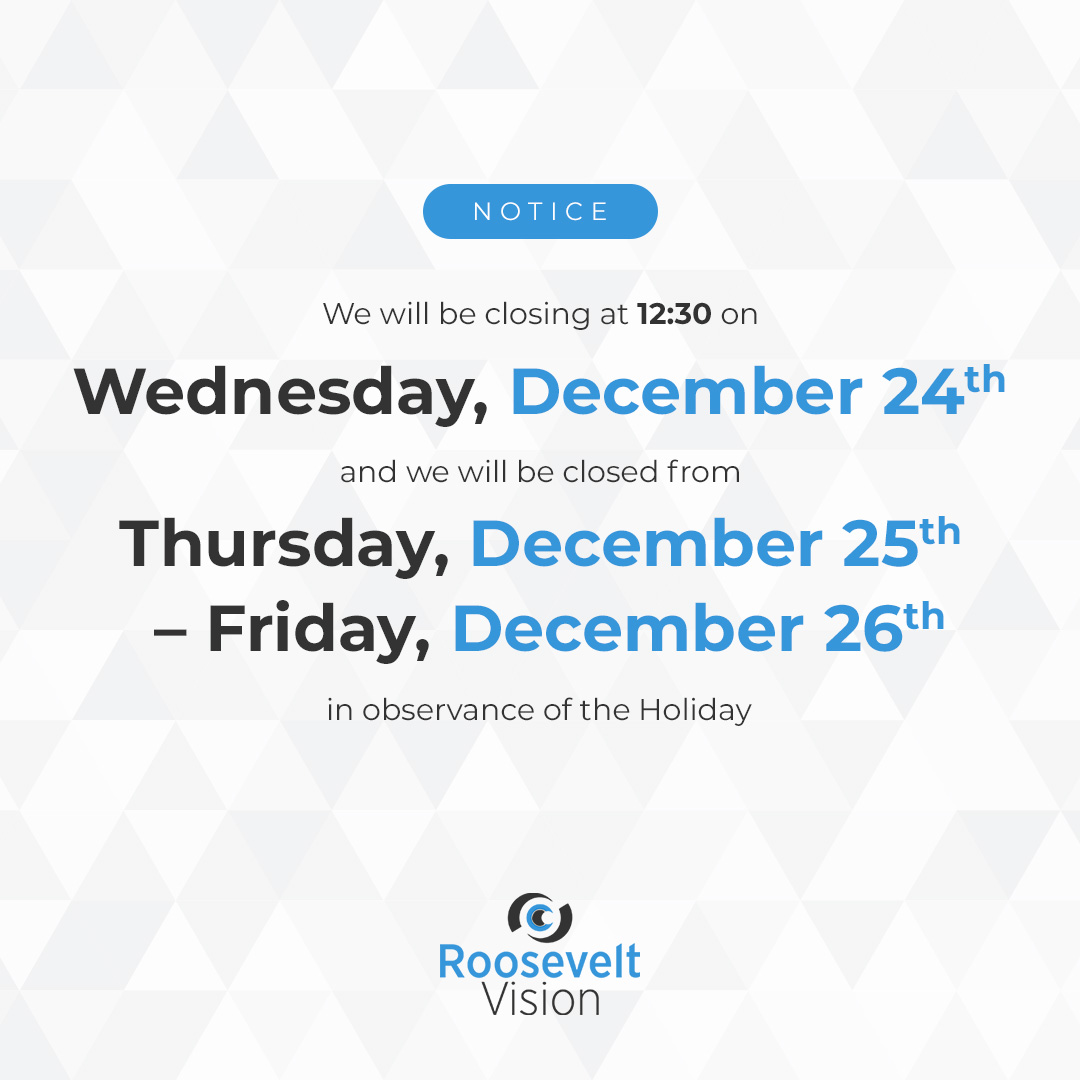
WHAT IS GLAUCOMA?
A glaucoma is a group of eye disorders that can lead to progressive damage to the optic nerve. It is characterized by loss of optic nerve tissue that can result in vision loss or loss of peripheral vision.
TYPES OF GLAUCOMA:
The most common form of glaucoma, primary open-angle glaucoma, develops slowly and usually without any symptoms. Many people are not aware they have the condition until they have significant vision loss. Glaucoma can affect peripheral or side vision but can also affect areas close to the center. If left untreated, glaucoma can lead to significant vision loss in both eyes, and may even lead to blindness.
A less common type of glaucoma, acute angle-closure glaucoma, usually occurs abruptly due to a rapid increase of pressure in the eye. Its symptoms may include severe eye pain, nausea, redness in the eye, seeing halos or colored rings around lights, and blurred vision. This is an emergency condition in which severe vision loss can occur quickly; see your doctor of optometry immediately.
CAN GLAUCOMA BE PREVENTED?
Glaucoma cannot currently be prevented. But if it is diagnosed and treated early, it can usually be controlled. Medication or surgery can slow or prevent further vision loss. However, vision already lost to glaucoma cannot be restored. That is why the American Optometric Association recommends an annual dilated eye examination for people at risk for glaucoma. Depending on your specific condition, your doctor may recommend more frequent examinations.
There are many theories about the causes of glaucoma, but the exact cause is unknown. The progressive loss of optic nerve tissue can occur as a response to an increase in fluid pressure inside the eye. This loss might also be impacted by a reduction in blood flow to the optic nerve.
THE FOLLOWING FACTORS CAN INCREASE THE RISK OF DEVELOPING GLAUCOMA:
Age. People over age 60 are at increased risk for the disease. You are six times more likely to get glaucoma if you are over 60 years old (Glaucoma Research Foundation) African Americans, however, are at increased risk after age 40. The risk of developing glaucoma increases slightly with each year of age.
Race. African Americans are significantly more likely to get glaucoma than Caucasians, and they are much more likely to suffer permanent vision loss. Risk is also increased for those of Latino descent compared to Caucasians. People of Asian descent and Native Alaskans are at higher risk of angle-closure glaucoma. People of Japanese descent are more likely to develop low-tension glaucoma.
Family history of glaucoma. Having a family history of glaucoma can increase the risk of developing glaucoma.
Medical conditions. Some studies indicate that diabetes, high blood pressure, and heart disease may increase the risk of developing glaucoma. Other conditions like poor blood circulation and migraine can also increase risk.
Physical injuries to the eye. Severe trauma, such as being hit in the eye, can result in immediate increased eye pressure. Internal damage from such a trauma can also lead to future increases in pressure. Injury can also dislocate the lens, closing the drainage angle and increasing pressure.
Other eye-related risk factors. Certain features of eye anatomy, namely thinner corneas in the central area and optic nerve sensitivity, indicate an increased risk for developing glaucoma. Conditions such as retinal detachment, eye tumors, and eye inflammations may also trigger glaucoma. Some studies suggest that high amounts of nearsightedness may also be a risk factor for glaucoma.
Chronic corticosteroid use. Using corticosteroids, whether by mouth, applied to the skin, or inhaled (including cortisone, hydrocortisone, and prednisone) for prolonged periods of time appears to put some people at risk of getting secondary glaucoma.
SYMPTOMS
The signs or symptoms of glaucoma can vary depending on the type. Primary open-angle glaucoma often develops slowly and painlessly, with no early warning signs. The first indication that a person has glaucoma may occur after some vision has been lost.
Acute angle-closure glaucoma results from a sudden blockage of drainage channels in the eye, causing a rapid buildup of pressure. In this form of the disease, a patient may have blurred vision, the appearance of halos or colored rings around lights, and pain and redness in the eye.
DIAGNOSIS
Glaucoma is diagnosed through a comprehensive eye exam. Because glaucoma is a progressive disease, meaning it worsens over time, a change in the appearance of the optic nerve, a loss of nerve tissue, and/or a corresponding loss of vision confirm the diagnosis.
THE GLAUCOMA COMMUNITY
To help educate the public on glaucoma, including risk factors, symptoms, treatment options, and more, Prevent Blindness, in partnership with Responsum Health, has launched the new resource, “The Glaucoma Community.” This comprehensive resource, accessible online or through the mobile app, provides users with a variety of features, including:
A personalized newsfeed
A community chat function
Dedicated Facebook page at: https://www.facebook.com/glaucomacommunity
Glaucoma content in seven different languages
A Patient One-Sheet, which allows patients to easily collect, maintain, and print key medical information in a secure format.
Access to extensive patient resources, including financial assistance programs and glaucoma support groups.
Article Source
https://www.aoa.org/healthy-eyes/eye-and-vision-conditions/glaucoma?sso=y
THESE ARE SOME OTHER GREAT RESOURCES FOR GLAUCOMA INFORMATION IN THE COMMUNITY:
The Glaucoma Foundation
https://glaucomafoundation.org/aboutglaucoma/whos-at-risk/
American Academy of Ophthalmology
https://www.aao.org/eye-health/diseases/glaucoma-risk
The Glaucoma Research Foundation
https://www.glaucoma.org/glaucoma/are-you-at-risk-for-glaucoma.php
*This organization actually lists AOA under ‘Find An Eye Doctor’, they have a great newsletter called ‘GLEAMS’



















